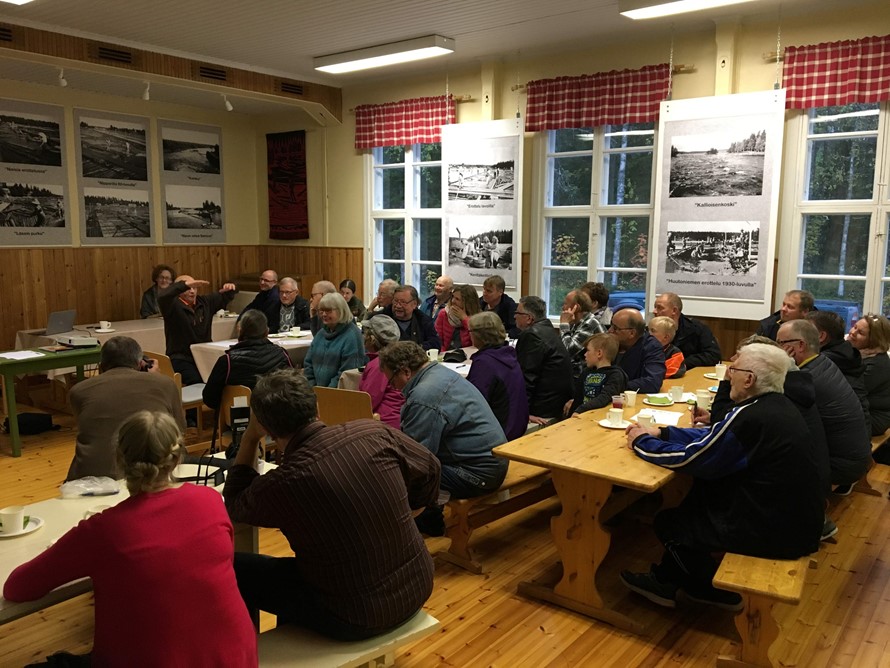
Views collected at the village evenings on display in the book Kenen kulttuuriperintö?
Kenen kulttuuriperintö? discusses the ambiguity and ownership of cultural heritage and the related cultural heritage work from a critical multi-voiced perspective. A critical perspective has guided the authors of the book to reflect on the various interests, tensions and conflicts related to the definition, preservation, protection, presentation and ownership of cultural heritage. One of authors is PhD Satu Kähkönen, who writes about the controversial cultural heritage of hydropower construction.
In her article, Satu Kähkönen examines the cultural heritage of hydropower construction in the Oulujoki River from the perspective of critical heritage studies. In this case, the key starting point is that cultural heritage is a practice in which certain parts of the past, such as buildings, environments, objects and cultural practices, are chosen to be preserved. Objects or cultural practices are studied, information is produced and stories are told about them. Choices are not value-free, but they reinforce certain ways of thinking and images of the past.
In her article, Kähkönen makes use of the report of a hydropower cultural heritage village evenings project, compiled by Kirsti Reskalenko, as well as memoirs based on interviews conducted by Salla Marjakangas and written by the riverside residents themselves, which have been compiled in the book Tarinoita Oulujoen vesistön voimalaitoskylistä ja rantatörmiltä.
The aim of the village evenings was to reach both the former and current residents of the areas, and they were organised together with local village associations. At the events held in Utajärvi, Muhos, Ristijärvi, Oulu, Paltamo, Hyrynsalmi, Suomussalmi and Ontojoki, the participants had the opportunity to respond to a survey asking how the hydropower plants in the Oulujoki River Watercourse and their residential areas affect life and recreational opportunities.
Satu Kähkönen says that there is interest and willingness in practical cultural heritage work to include and deal with difficult and contradictory issues. However, raising and processing conflicting issues and contents is often complicated by the fact that current cultural heritage practices still rely on the notion of cultural heritage as a unanimous and neutral interpretation of the past.
According to Kähkönen, when examining cultural heritage, the dominant narratives and their shortcomings should be better recognised. There should also be room for dissenting voices. It would therefore be important to make room for conflicting and disagreeable issues in cultural heritage work and to seek and develop effective tools for dealing with them.
The article by Satu Kähkönen, PhD, can be found here on pages 219-246 .
Source:
Kähkönen, Satu (2024) Vesivoimarakentamisen ristiriitainen kulttuuriperintö. In the book Lähdesmäki, T., Kähkönen, S., Paqvalén, R., & Turunen, J. (Eds.) Kenen kulttuuriperintö? : tunteet, tilat, teot. Vastapaino. 219-246